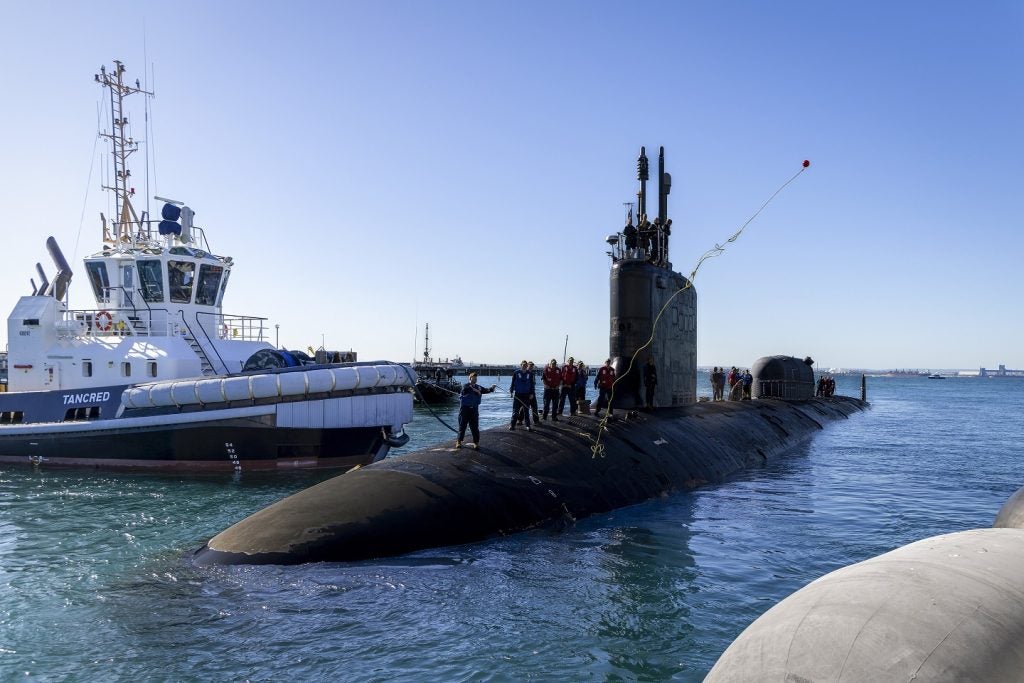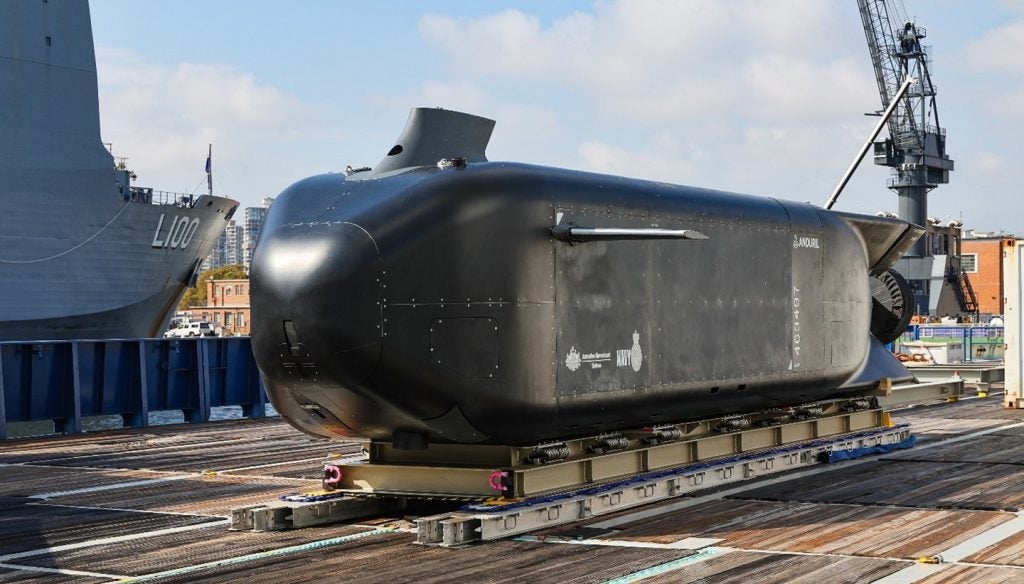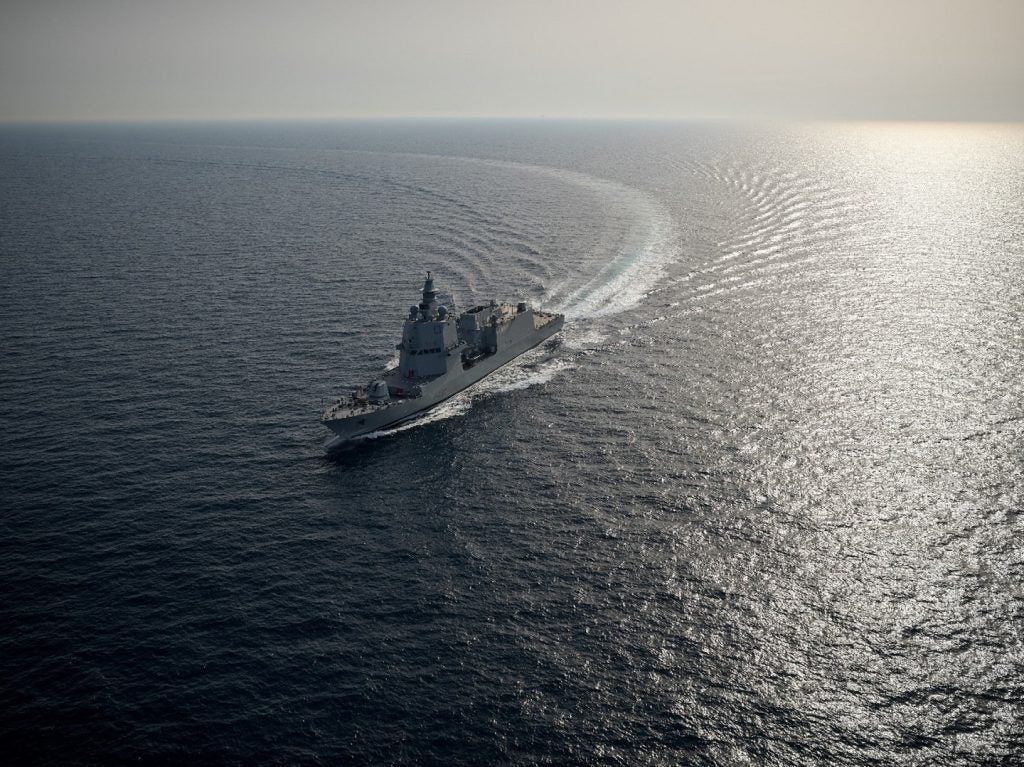

Australia is gearing up for an ‘Asian century’ – that’s according to a white paper published by Julia Gillard’s Labor government in 2012. The paper, aptly titled ‘Australia in the Asian Century’, set out a plan to seize economic opportunities and manage rising strategic challenges in the region. "Australia can be a winner in this Asian century by becoming more prosperous, more resilient, and sharing the new opportunities," Gillard’s foreword excitedly predicted.
This was followed in May 2013 by a new Defence White Paper which also drew on the ongoing strategic shift towards Asia. It identified an arc of interest through the Indo-Pacific region, extending from India through Southeast Asia to Northeast Asia. This is "predominantly a maritime environment with Southeast Asia at its geographic centre", the paper explained. It is with this guiding light that Australia will invest billions in new naval capabilities.
Unprecedented naval investment
Billions of dollars have been earmarked for big ticket naval projects including brand new submarines, frigates and naval helicopters.
New vessels and aircraft planned for the navy will strengthen Australia’s ability to ensure continued access to sea lines of communication across the Indo-Pacific region. Equipment which can boost anti-submarine capabilities are the big focus here. The replacements for the Navy’s Anzac and Adelaide-class vessels – the ‘future frigates’ and Hobart-class air warfare destroyers, respectively – will have greater anti-submarine warfare capabilities. Other assets, like the new MH-60 helicopters, will also provide key anti-surface and anti-submarine capabilities.
See Also:
As an island nation which relies heavily on ocean-going vessels for trade, hostile submarines are clearly a worry for Australian defence planners.
How well do you really know your competitors?
Access the most comprehensive Company Profiles on the market, powered by GlobalData. Save hours of research. Gain competitive edge.

Thank you!
Your download email will arrive shortly
Not ready to buy yet? Download a free sample
We are confident about the unique quality of our Company Profiles. However, we want you to make the most beneficial decision for your business, so we offer a free sample that you can download by submitting the below form
By GlobalDataLike many of its Indo-Pacific neighbours, Australia is in the early stages of procuring new submarines to eventually replace its fleet of Collins-class vessels. Australia’s concern over the threat from enemy submarines is reflected in plans to significantly beef up its own submarine fleet. Australia currently has just six Collins-class subs, but the 2013 Defence White Paper confirmed the Government’s commitment to eventually procure 12 new submarines.
The Navy’s future submarine program
"The Future Submarine Program is a capability design, construction and sustainment challenge of unprecedented scale and complexity, and will span decades," the 2013 Defence White Paper explained. That ‘unprecedented’ scale comes at a price, however. The replacements are expected to cost nearly AUS$40bn – that doesn’t take into account possible delays and cost overruns. It is the biggest defence acquisition ever undertaken by Australia.
The government clearly attaches a lot of importance to the project if it’s prepared to spend so much, especially at a time when money is tight.
And money really is tighter than ever. According to the Stockholm International Peace Research Institute’s military expenditure database, Australia’s defence spending as a proportion of GDP has consistently fallen over the last 20 years. At the end of the Cold War, defence spending hovered around 2.1% of GDP; now that figure has tumbled to just 1.6% in 2012.
Despite being outside the epicenter of the financial crisis, Australia has suffered in the global downturn. The 2013 Defence White Paper highlighted a ‘constrained’ fiscal environment in which to achieve Australia’s defence objectives. A new federal government in Canberra, with David Johnston as defence minister, has promised to fix "an absolutely shambolic state of finances".
Life extension for the Collins-class submarines
With no firm promises to raise defence spending by the new coalition government and an uncertain global economic recovery, contingency plans may have to be put in place so these expensive modernisation plans can eventually see the light of day.
Delays to new equipment is a real possibility, and almost certain on ambitious programmes – just look at the F-35 Joint Strike Fighter. There is concern in some circles that Australia will not be able to field its new submarine force before the Collins-class submarines retire, due around the 2030s. If this were to happen, there would be a significant capability gap which could leave Australia vulnerable. This is clearly not an option for this, or any future government.
Last year, Australia’s Defence Materiel Organisation completed a study looking at extending the life of the Collins-class submarines. From this, the new coalition government is considering prolonging the Collins’ service life by seven years while the new submarines come online. The study identified a number of potential risk areas if the life extension gets the go-ahead – 68 of which were deemed a ‘high or extreme risk’ according to documents seen by The Australian in September.
With the study complete, specialists can go to work finding solutions for the problem areas identified. If these problems were spotted later in the submarine’s life, it could have made an extension ‘unachievable’. The study – which is unprecedented in itself and required US Navy assistance – is based on the methodology used for the extension of the US Navy’s Ohio-class submarines.
Life extension options across the entire Navy
The factors which are driving the Australian government to extend the life of the Collins-class submarines are also the same across the whole Australian Naval fleet. These drivers are i) cost overruns and likely delays to future programmes, ii) assurance that the service life of existing capabilities can in fact be extended, and iii) a need to identify savings in a country’s sustainment budget.
BMT Group, a specialist engineering consultancy which specialises in life extension work, recently completed its own study of the entire Royal Australian Navy. The company looked at every class and provided the navy with information on the feasibility, risk, limitations and trade-offs associated with extending the life of each naval asset.
"The outputs of the process inform wider capability and program-related decisions by providing advice on robust management options and optimal life extension periods for their assets," an Australian representative of the BMT Group told naval-technology.com.
Though when asked what the results and recommendations of the study were, BMT Group declined to comment.
Equally, the Australian government has yet to release any firm details about life extension plans but said in its 2013 Defence White Paper: "The Government may elect to extend the service life of existing equipment as an alternative to immediate replacement for some lower priority capabilities. In such an eventuality, sustainment, repair and refurbishment activities will be even more important."
There is a worry that by thinking short-term and drawing the fiscal purse strings, the Australian government could choose to extend the life of some naval assets without properly taking provisions to procure new equipment. This could lead to serious questions about naval capabilities as Australia heads into an unknown and possibly more volatile Asian century.
Follow Grant Turnbull on Google+







